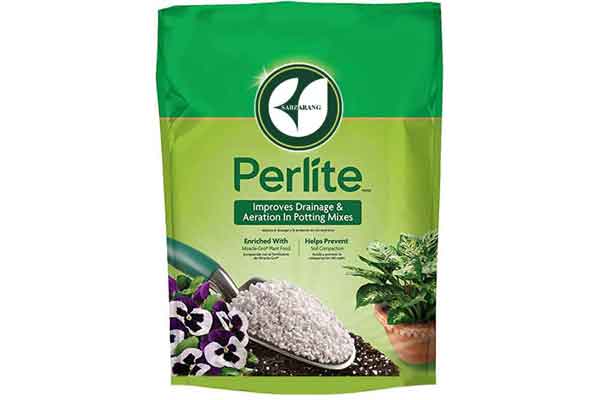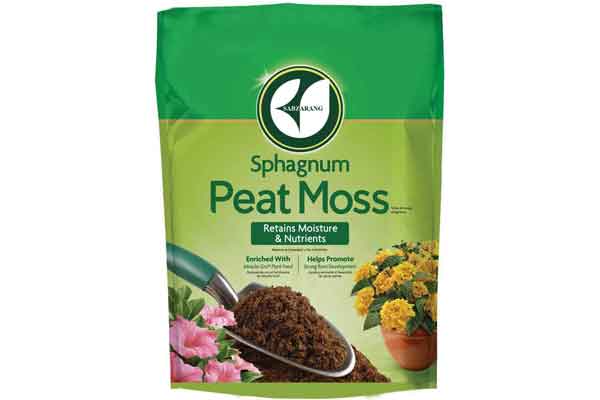Perlite:
Perlite is a volcanic siliceous rock and is a type of pumice, and when volcanic lava is placed in a cooler atmosphere, water vapor is trapped inside the rock and the molten rock turns into a glass-like structure.
By heating to a very high temperature, the moisture inside the glass is converted to steam, and the perlite is transformed from a dense dark stone into a light, white product. Perlite has an almost neutral pH and is used to reduce soil acidity.
The use of perlite in agriculture prevents excessive soil compaction, improves aeration and uniform distribution of soil nutrients around the plant roots.










